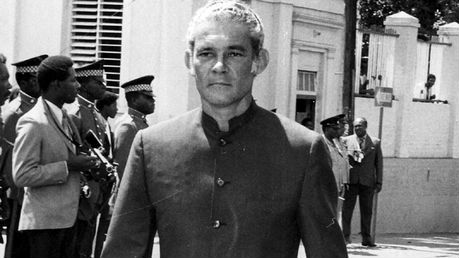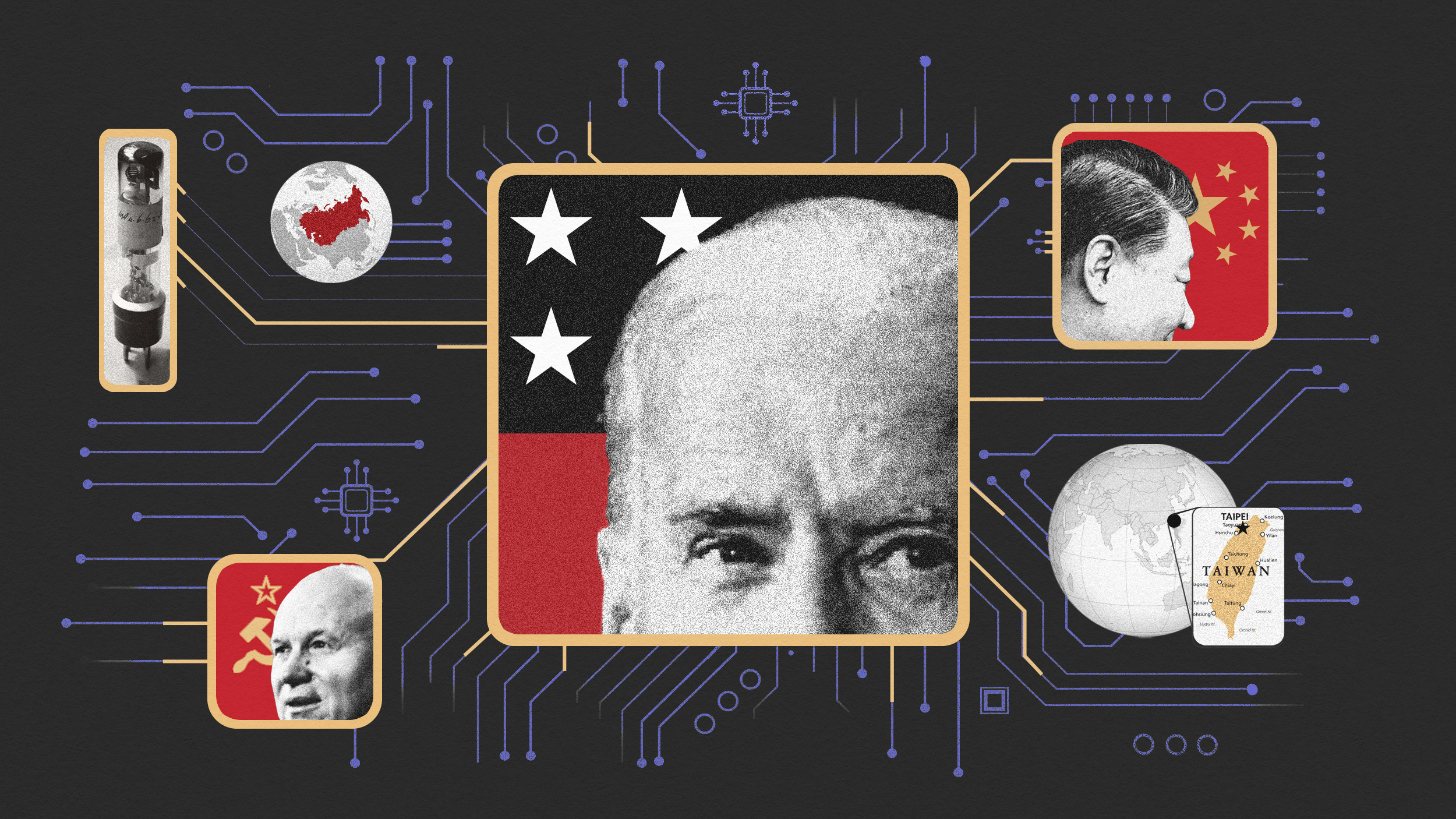You Have to Marry Your Heart and Your Head if You Want to Help People Help Themselves

We all need passion. For me, the passion is about trying to help people to help themselves. But you have to marry that passion with rational, logical, deductive reasoning. Why? You have to marry the heart and the head. You have to be able to step back and frankly have the discipline to say, “If we really want to help people we can’t just be driven by emotion.”
A good example of this comes from my native Jamaica. Michael Manley came to power in the early 1970s as the prime minister in Jamaica with a mandate for social change and a great desire to help the poor. Michael Manley set off on a very ambitious agenda. That agenda was interrupted by a series of external events, things that Jamaica had no control over. In particular, there was the oil price shock of 1973. Countries like Jamaica that were very dependent on foreign oil found themselves in a world in which oil was much more expensive. What this meant was that the budget of the government was strained to meet expenses.
And rather than scale back his vision, his ambition, Prime Minister Manley was unconstrained. And not only was he unconstrained but again drive by an ideological view as opposed to a pragmatic view. He embarked on a series of economic experiments — everything from running large budget deficits on the order of 15 percent of GDP to allowing the Central Bank to print money to finance those deficits which then caused inflation, closing the country to a large extent to foreign trade which made imports scarcer. It made it very hard for companies that needed things like capital to find the capital to invest. And the economy went into a tailspin.
And so unbridled emotion, emotion that’s not coupled with disciplined thinking can drive countries to a very bad place. And you can end up hurting most of the people who you really wanted to help.
In Their Own Words is recorded in Big Think’s studio.
Image courtesy of Shutterstock





